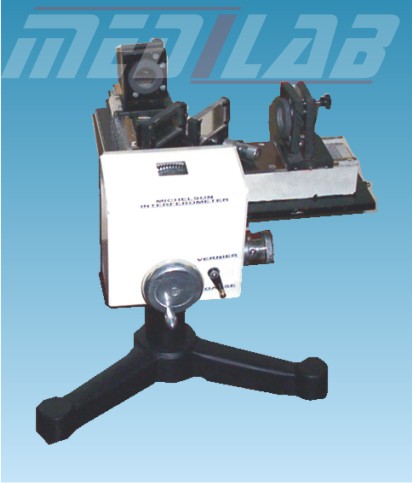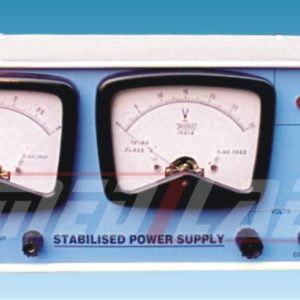Description
Michalson’s Interferometer is an optical instrument used to measure the properties of light waves, such as their wavelength, phase, and polarization. It works by splitting a beam of light into two parts and then recombining them to create an interference pattern that can be analyzed.
Michelson’s interferometer consists of a light source, a beam splitter, two mirrors, and a detector. The light source emits a beam of light that is split into two parts by the beam splitter. One part of the beam travels to a mirror and is reflected back to the beam splitter, while the other part travels to a second mirror and is reflected back to the beam splitter.
The two parts of the beam are then recombined at the beam splitter, where they interfere with each other. The interference pattern is detected by the detector, which can be a photographic plate, a CCD camera, or a photodiode.
The Michelson’s interferometer can be used to measure a variety of properties of light waves, such as their wavelength, by measuring the distance between the mirrors and the beam splitter, and their phase, by measuring the difference in the path lengths of the two parts of the beam.
Michelson’s interferometer is widely used in optics research, such as in the study of the properties of light waves, the determination of refractive indices of materials, and the detection of gravitational waves. It is also used in various applications, such as in the calibration of optical instruments, the measurement of surface flatness, and the testing of coatings and thin films.







